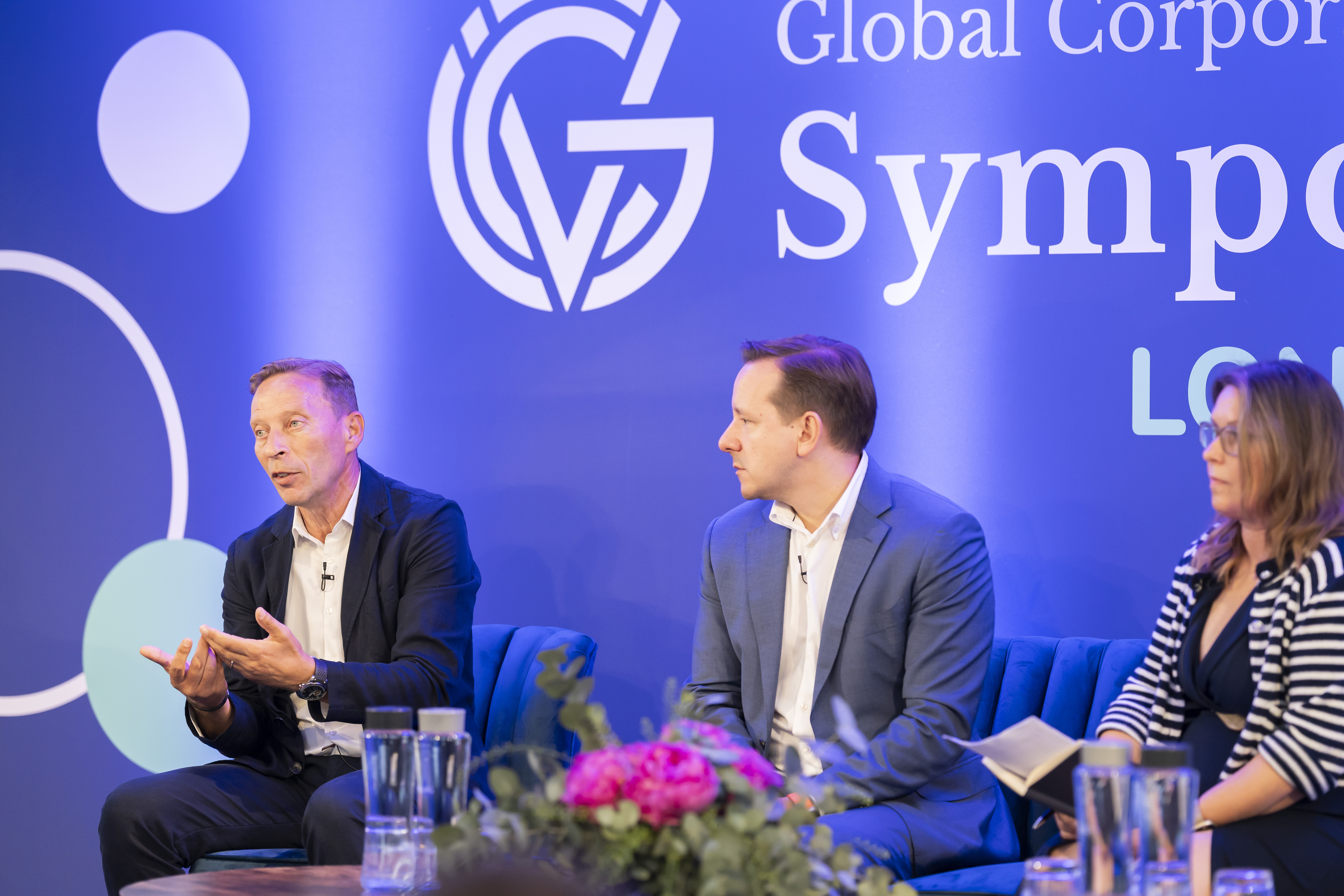ABB's corporate VC units are now run by each of its core businesses while PTT subsidiary GC has centralised its structure, but what are the benefits of each approach?

Investing in startups has been an important way for large corporations to access innovation over the past two decades.
But the rising cost of capital and a stagnant exit market for startups have left many organisations questioning whether a “standard” corporate venture capital model delivers value for them. Many corporations are experimenting with structuring their corporate venture arms in different ways to get the results they want.
Two corporate innovation executives presented radically different answers at the GCV Symposium last week.
The case for decentralising: the business units have skin in the game and the investment process speeds up
When electrification and automation technology producer ABB decided to decentralise its main business lines around five years ago, it also divided its CVC arm, ABB Technology Ventures, into different vehicles representing each of its four main business areas: electrification, motion and robotics and discrete automation.
The idea is that each operating unit would be responsible for its business from end to end, which included its startup investments.
“The dynamic changed quite a bit [with] skin in the game,” Anton Kotov, ABB’s head of corporate strategy and M&A, told attendees. “It really helped to activate the pipeline and [led to] much stronger engagement within the business.”

As head of strategy and business development, Kotov used to meet with the CVC investment committee once a month and contact was largely peripheral. But now, with investments driven by each of the divisions, there is much more involvement at the strategic level as well as a willingness to take risks and engage with startups.
“We used to have this kind of ‘not invented here’ syndrome. I would say maybe some of the workers had it as well. It’s like, ‘Okay, we would like everything to be considered in our R&D labs, or maybe we can do M&A, but we still want to own everything,’” he added.
“But I think now, with the decentralised model, this mentality that we cannot do everything ourselves and we can and should engage with startups really penetrated through the organisation.”
One drawback with ABB’s approach is that the divisions can sometimes concentrate on technology that is on their ‘home turf,’ as opposed to the moonshot technologies that could end up being game changers in the long run. But there is one sizeable advantage: speed. And part of that is not having to rely on getting agreement through an investment committee.
“The beautiful thing is that we do not have an investment committee at ABB,” Kotov said. “The investments are done directly by the divisions.”
Once an investment has been validated by the division president and the head of the relevant CVC unit, they have the green light to invest. They need group validation in the rare case an individual investment tops €20m, but in general it puts in €3m to €5m per round, so the divisions have full accountability.
Arranging CVC activities in this way means having to incentivise divisions to pursue open innovation, but in the same structured manner a regular CVC would: they have to strike a balance between being too risk averse and ‘spraying and praying’.
The formula for ABB is that each division takes the profit and loss from its investments on its own balance sheet. But those figures remain below the line on that balance sheet, so while the divisions have skin in the game, an unprofitable deal won’t affect their operating performance. Hopefully, the strategic tie-ups with startups will help their balance sheet in general in the long run.
Kotov says the main advantage of the decentralised system has been to focus the investments on startups and technologies that can really make a difference for ABB’s operations.
“In the past, the way we used to talk was, ‘Okay, this year we made 10 investments, we’ve just deployed $50m of capital’,” said Kotov. “Wow, that’s amazing! So what’s the point? Maybe we can do 10 investments, or 20 with $100m, but what is the value we’re actually creating for the customer value proposition?
“I think it’s a difficult one. I’m not saying we have it all sorted at ABB, we are probably still working on it. But we’re at least trying to embed, [the idea of] ‘how does it help solving customer challenges and how does it help bring a stronger ABB solution?’.”
The case for centralising: aligning with the company’s core business and becoming more directly strategic
While ABB has separated its corporate venture teams, chemical producer PTT Global Chemical (GC) has taken a completely different approach to its innovation activities, said Kamel Ramdani, GC’s chief technology and innovation officer.
GC Ventures had already been operating for a few years when Ramdani took charge in 2022 and the structure of the operation is regularly reviewed. A few years ago PTT had considered spinning the unit out as an independent entity, but in a tight economy, PTT instead decided to focus on its core business, centralising its CVC structure and making it more directly strategic.
“We limit our investments beyond our core business,” he said. “So, we continue to monitor the S-curves, but our focus is really to align with our business, not only for the short term, but for the mid and long-term strategy.”
GC’s CVC team regularly updates the company’s executives on its portfolio and deal flow at least every two months, so there is an awareness at the top of the company about what its CVC team is doing and the opportunities that might result.
Another change is that any potential investment in a startup can go to the investment committee, which means it can look at early and later-stage companies and help it to manage specific competencies within its business. All of these come together to make a unit that is more directly strategic.
“I would say that in the past we had a balance between financial returns and strategic elements,” Ramdani (below) said. “Right now, we are 99% strategic.”

The increased strategic focus, combined with limited capital expenditure in the current economic environment, means GC is looking to provide more for startups through in-kind investments – engineering, scaling up and access to global markets.
The more centralised structure also means that while GC’s parent company, oil and gas producer PTT, technically oversees six CVC arms, including sister unit GC Ventures America and Thai Oil’s TOP Ventures, the group is looking to align their activities so they can share support for startups.
For instance, while GC Ventures isn’t targeting decarbonisation as one of its focus areas, PTT or another unit may invest in a decarbonisation startup, and there could be a crossover between its products and a GC Ventures portfolio company like protective coating producer ActNano or composite materials startup Boston Materials.
While strategic partnerships are important, corporate VC is an even more important part of PTT’s innovation strategy than before, Ramdani said. But the way that works has changed. GC Ventures used to focus on new technology, fighting competitors for a slice of the startup market. Now, it’s concentrating on areas adjacent to its core business like packaging, composites or batteries and less on areas such as decarbonisation.
“The way of working is very different, very strategic,” Ramdani said. “But it opens up broader opportunities because we are considering strategic partnerships with partners in the value chain or with startups at the same level.
“So, if you bring the right investment to our investment committee, but not only CVC, then we can access later-stage startups. This is the big change we [have made in] our CVC.”









